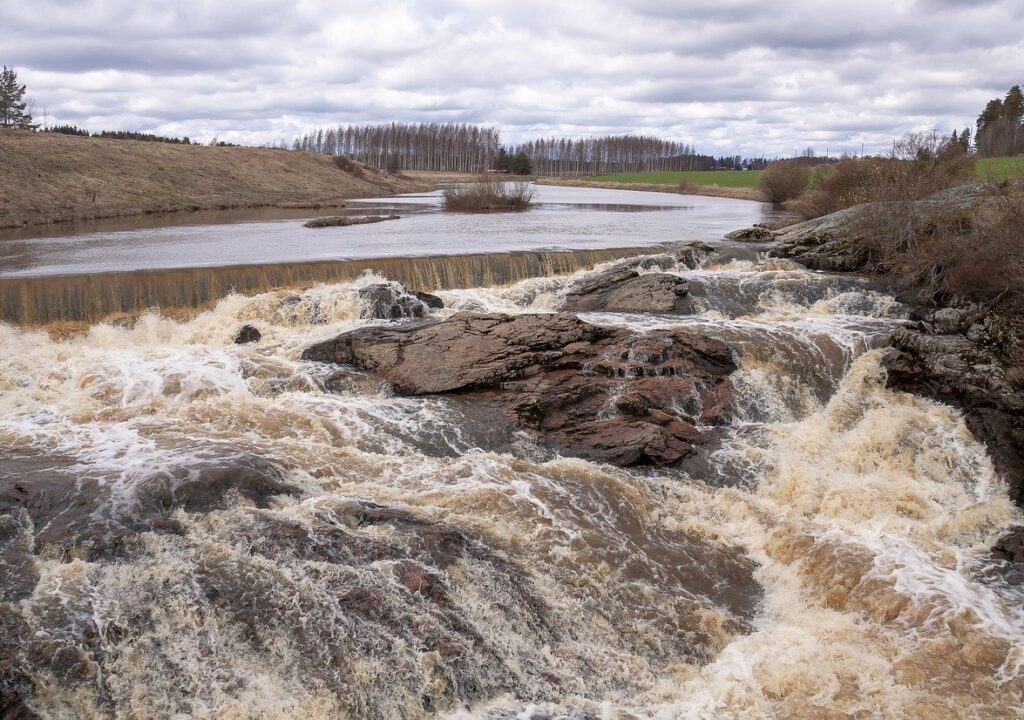
The European Cultural Heritage Routes and UNESCO Global Geoparks showcase Europe’s diverse heritage, promoting sustainable tourism and intercultural dialogue. Integrating Geoparks with Cultural Heritage Routes enhances understanding of the interplay between Europe’s geological and cultural histories. This approach, alongside educational initiatives, fosters community engagement and prepares students for careers in heritage management, emphasizing sustainability and conservation.
Author: Johanna Heinonen
The European Cultural Heritage Routes introducing local treasures
The European Cultural Heritage Routes offer a rich exploration of the continent’s shared heritage through a network of thematic routes that span historical, cultural, and artistic narratives. Launched in 1987 by the Council of Europe, these routes aim to showcase the collective heritage of various European countries and cultures, enhancing a shared identity while celebrating diversity. Each route invites exploration of Europe’s history and heritage, including themes like ancient trade paths, religious pilgrimages, and the legacies of significant historical figures and movements. Notable examples include the medieval Santiago de Compostela Pilgrim Routes and the modern European Route of Historic Gardens or the Iron Curtain Trail – EuroVelo 13, showcasing Europe’s adaptability in preserving a broad spectrum of heritage. These routes promote sustainable tourism, intercultural dialogue, and mutual understanding across European communities, encouraging reflection on Europe’s past and contemporary implications. The European Institute of Cultural Routes supports these initiatives through regular monitoring, certification, technical support, training, and documentation, ensuring the routes’ ongoing relevance as educational, cultural exchange, and sustainable development tools. (Council of Europe 2024.)
The cultural route around Geoparks
Geoparks, as defined by UNESCO (2024), are singular, unified geographical areas where landscapes and sites of international geological significance are managed with a holistic concept of protection, education, and sustainable development. These UNESCO Global Geoparks utilize their geological heritage, alongside all other aspects of the area’s natural and cultural heritage, to enhance awareness and understanding of critical societal issues, such as sustainable resource use, climate change mitigation, and reducing risks from natural hazards. With 195 UNESCO Global Geoparks spread across 48 countries, these areas celebrate the link between geological heritage and all other types of heritage, aiming to give local people a sense of pride in their region and strengthen their identification with the area. The approach helps to stimulate the creation of innovative local enterprises, new jobs, and high-quality training courses as new sources of revenue are generated through geotourism, while also ensuring the protection of geological resources. (UNESCO 2024.)
The European Geoparks Network (EGN), functioning under the auspices of the Global Geoparks Network and UNESCO’s International Geosciences and Geoparks Programme, aims to ensure cooperation between geoparks for the protection of geological heritage and the promotion of sustainable development of their territories in Europe. It includes all the UNESCO Global Geoparks in Europe. It works towards promoting the geopark concept on a national level through various national geopark networks and forums, enhancing the cooperation of Geoparks and their concept promotion. The EGN hosts semi-annual coordination meetings and European Geoparks Conferences, providing platforms for scientific exchange and networking related to Geoparks. (European Geoparks.)
Integrating Geoparks into the European Cultural Heritage Routes could offer a new dimension to understanding Europe’s rich cultural fabric. By emphasizing the geological underpinnings of European heritage, Geoparks could add a profound layer of meaning to the cultural routes, illustrating how the natural landscape has influenced and shaped human activity and cultural development across the continent. This integration would enrich the cultural route narrative by incorporating aspects of Earth’s history and geodiversity and promote sustainable tourism and local development in these geologically significant areas. It could foster a deeper appreciation among visitors and locals alike for the intricate connections between the Earth’s geological history and cultural heritage, thereby strengthening the identity and resilience of local communities through enhanced engagement with their natural and cultural landscapes.
Given their focus on sustainability, education, and community involvement, Geoparks align well with the objectives of the Cultural Heritage Routes, making them potential catalysts for future development and integration within the broader narrative of Europe’s heritage. This synergy between geoparks and cultural heritage routes could promote sustainable cultural tourism, enhance regional development, and foster a deeper understanding of Europe’s diverse and interconnected heritage.
Students with helping hands and new ideas
Incorporating the process of achieving European Cultural Heritage Route status into LAB University of Applied Sciences’ curriculum could provide a rich, interdisciplinary learning experience. It would allow students from various fields, such as tourism, cultural studies, environmental science, and business, to collaborate on projects that develop proposals for such routes. This approach promotes practical skills in heritage management, sustainable tourism, and community involvement through research projects, field studies, and internships related to cultural heritage or geopark management. Additionally, specialised courses on sustainability, workshops with experts, and training in modern promotional technologies like GIS and digital marketing strategies could prepare students to manage cultural heritage sites sustainably. This educational model aims to prepare students for cultural heritage, tourism, and conservation careers, fostering critical thinking and problem-solving skills.
References
Council of Europe. 2024. Cultural Routes of the Council of Europe programme. Cited 1.3.2024. Available at https://www.coe.int/en/web/cultural-routes
European Geoparks. Geoparks. Webpage. Cited 1.3.2024. Available at https://www.europeangeoparks.org/
UNESCO. 2024. UNESCO Global Geoparks. Last updated 13.2.2024. Cited 1.3.2024. Available at https://www.unesco.org/en/iggp/geoparks/about
Author
Johanna Heinonen is a Senior Lecturer and RDI Specialist at LAB University of Applied Sciences. She is particularly passionate about studying how digital tools and applications could be used more efficiently. She has been involved with Cultural Heritage Routes since Finland joined the programme in 2018 and would love to build one around Geoparks.
Illustration: https://pixabay.com/fi/photos/maisema-joki-koski-pato-virtaus-7682837/(Pixabay Licence)
Published 28.3.2024
Reference to this article
Heinonen, J. 2024. Trails through time: Uniting Europe’s cultural and geological heritage. LAB Pro. Cited and the date of citation. Available at https://www.labopen.fi/lab-pro/trails-through-time-uniting-europes-cultural-and-geological-heritage/






